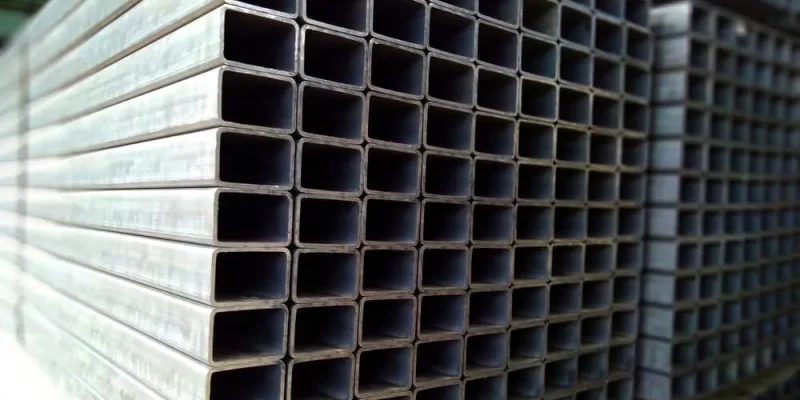

Steel is going to be vital for creating an infrastructure capable of withstanding the most challenging environmental conditions. Its extraordinary properties—including strength, durability, and flexibility—position it as an indispensable resource for building structures that can resist, adapt, and respond to extreme weather challenges.
In the UK’s coastal regions, steel’s structural integrity allows engineers to design robust sea walls, flood barriers, and storm-resistant structures. Areas prone to hurricanes, earthquakes, and extreme temperature variations benefit significantly from steel-based constructions that offer unprecedented levels of protection and longevity.
Advanced metallurgical techniques have developed high-performance steel alloys that maintain structural integrity under the most extreme conditions, with corrosion-resistant variants protecting against saltwater exposure and ultra-high-strength steels providing remarkable load-bearing capabilities in regions experiencing dramatic environmental shifts.
Innovative Design Strategies: Engineering for Climate Extremes
Technological innovations continue to expand steel’s potential in climate adaptation. Modern engineering approaches now leverage steel’s versatility to create structures that go beyond mere protection, actively responding to environmental challenges. Emerging technologies include smart materials with embedded sensors that monitor structural integrity in real time, providing unprecedented insights into infrastructure performance under extreme conditions.
Nano-engineered steel coatings offer enhanced protection against environmental degradation, significantly extending the lifespan of critical infrastructure in challenging environments. Engineers are developing increasingly sophisticated design strategies that transform steel from a passive building material into an active participant in environmental protection. From self-healing steel alloys to advanced computational modelling that predicts and mitigates potential structural weaknesses, these innovations represent a quantum leap in climate-adaptive engineering.
Sustainable Solutions: Steel’s Low-Carbon Transformation
Recognising its historical carbon footprint, the steel industry is undergoing a remarkable transformation towards sustainability. Leading producers are investing heavily in green technologies that dramatically reduce emissions during production. Innovative processes such as hydrogen-based steel manufacturing and carbon capture technologies are fundamentally reshaping the industry’s environmental profile.
Economic considerations further strengthen steel’s position as a sustainable solution. While initial investment costs might appear higher, the long-term durability and reduced maintenance requirements of steel-based infrastructure provide significant financial advantages. Governments and private sectors are increasingly recognising steel as a cost-effective approach to climate resilience, with reduced replacement and repair costs compared to traditional materials. This economic argument, combined with ongoing technological innovations, positions steel as a critical component in sustainable development strategies.
Global Case Studies: Steel Protecting Communities
The global application of steel in climate adaptation presents a compelling story of human ingenuity and resilience. In the Netherlands, sophisticated steel-based flood defence systems protect millions from rising sea levels. Bangladesh has implemented advanced steel infrastructure to mitigate cyclone damage, while Australian engineers are developing steel-based bushfire-resistant building techniques that can withstand increasingly intense wildfire conditions.
These international examples demonstrate steel’s versatility in addressing diverse environmental challenges. From protecting vulnerable coastal communities to creating infrastructure that can withstand extreme temperature variations, steel-based solutions are proving critical in global climate adaptation strategies. Each project represents a unique approach to using steel’s remarkable properties to protect human settlements and critical infrastructure.
Future Horizons: Technological Innovations in Climate-Adaptive Steel
As global temperatures rise and extreme weather events become more frequent, steel is going to be a key technological solution, with steel becoming an active participant in environmental protection. Research into carbon-negative production methods, self-healing alloys, and advanced computational modelling promises to further expand steel’s potential in climate adaptation.
However, the ongoing collaboration between engineers, environmental scientists, and policymakers will be crucial in reaching steel’s full potential. Challenges remain, including the continued need to reduce carbon emissions and develop more sustainable production methods.














